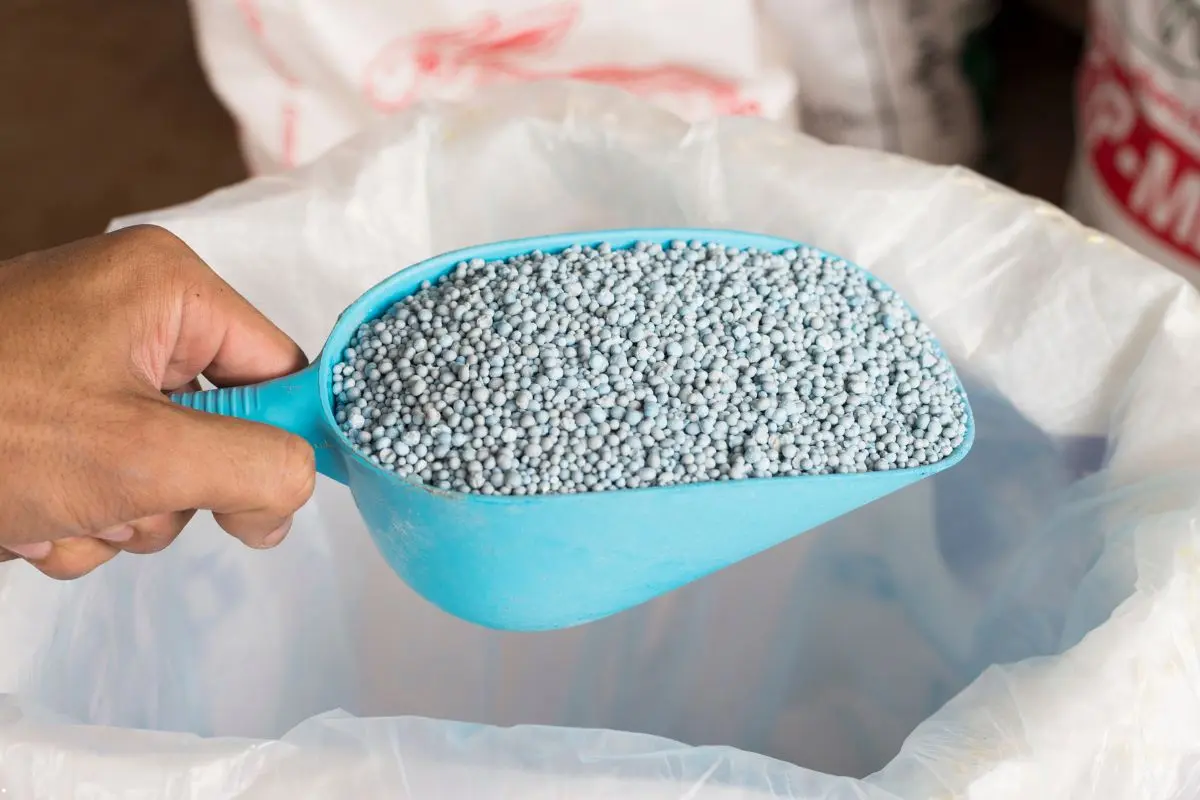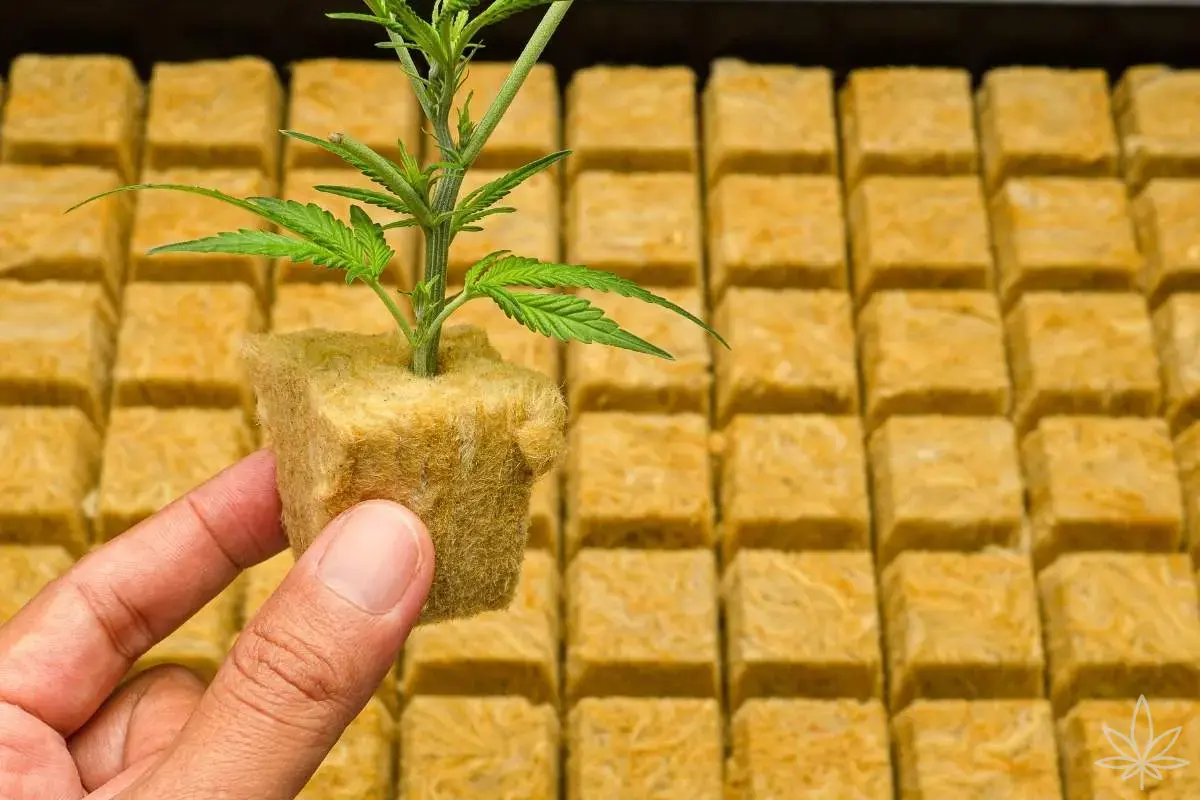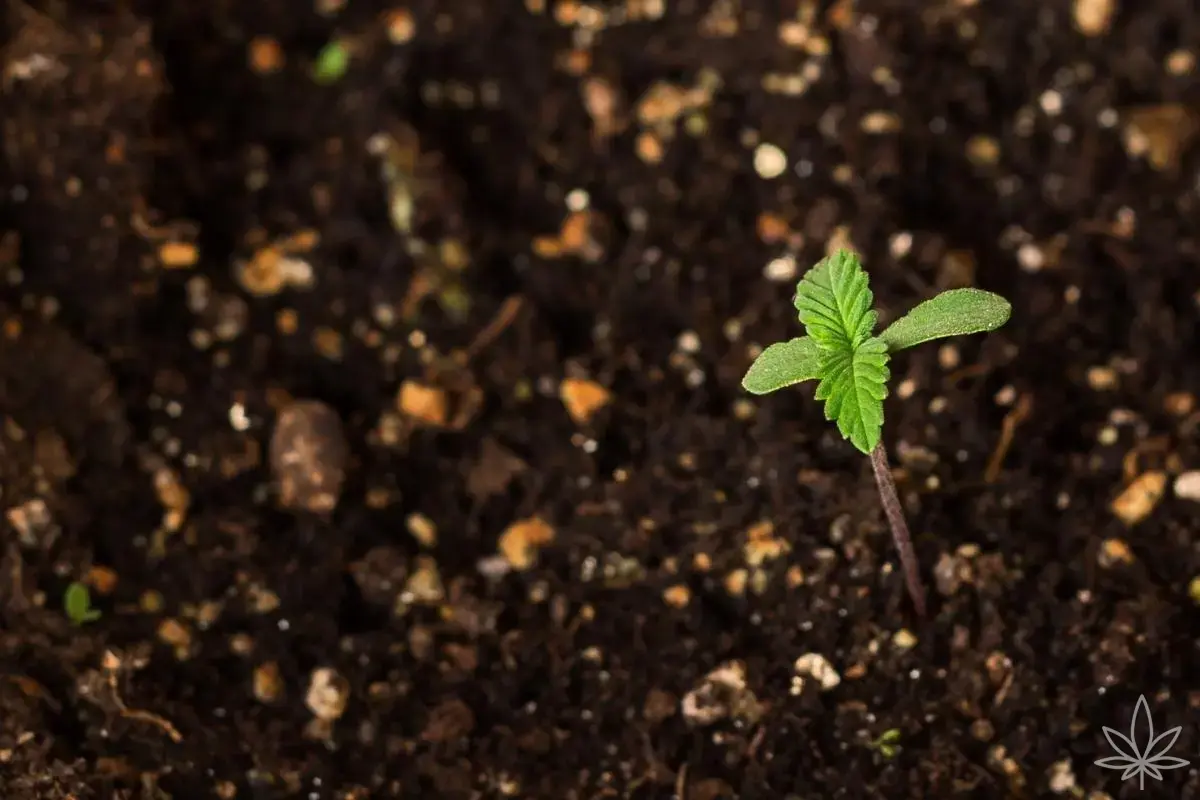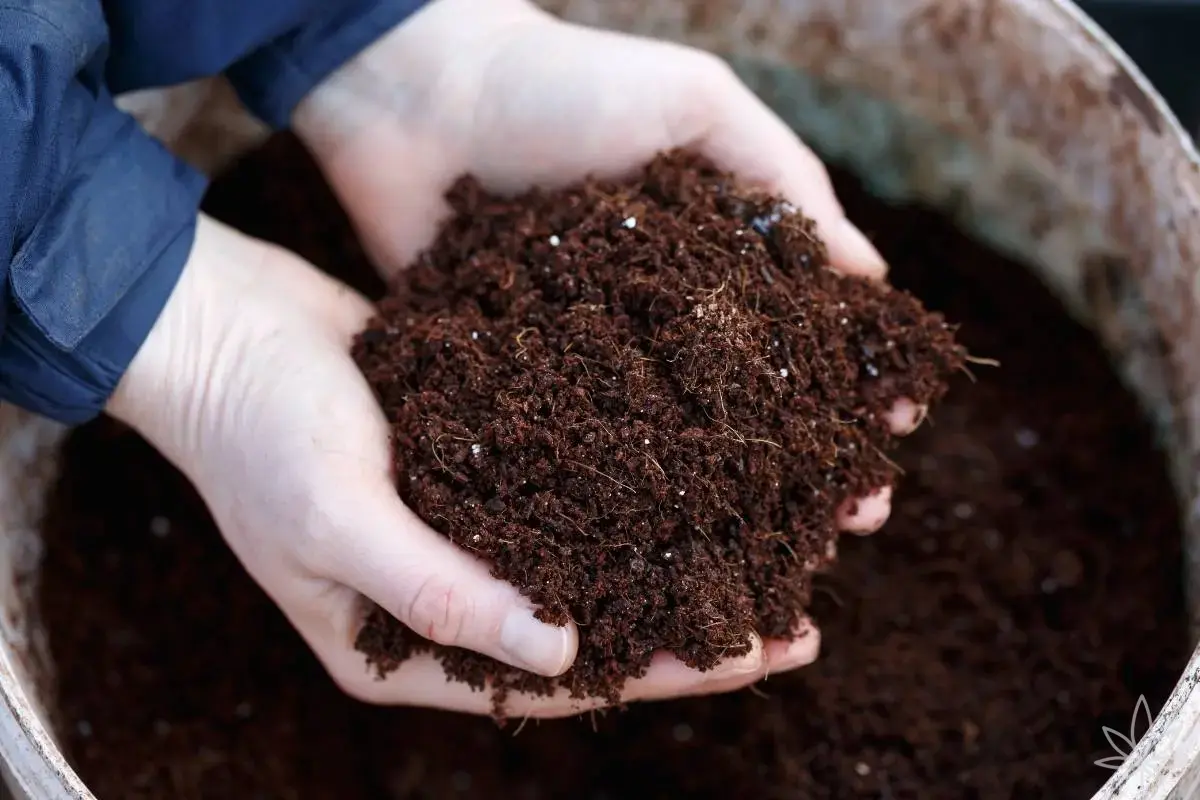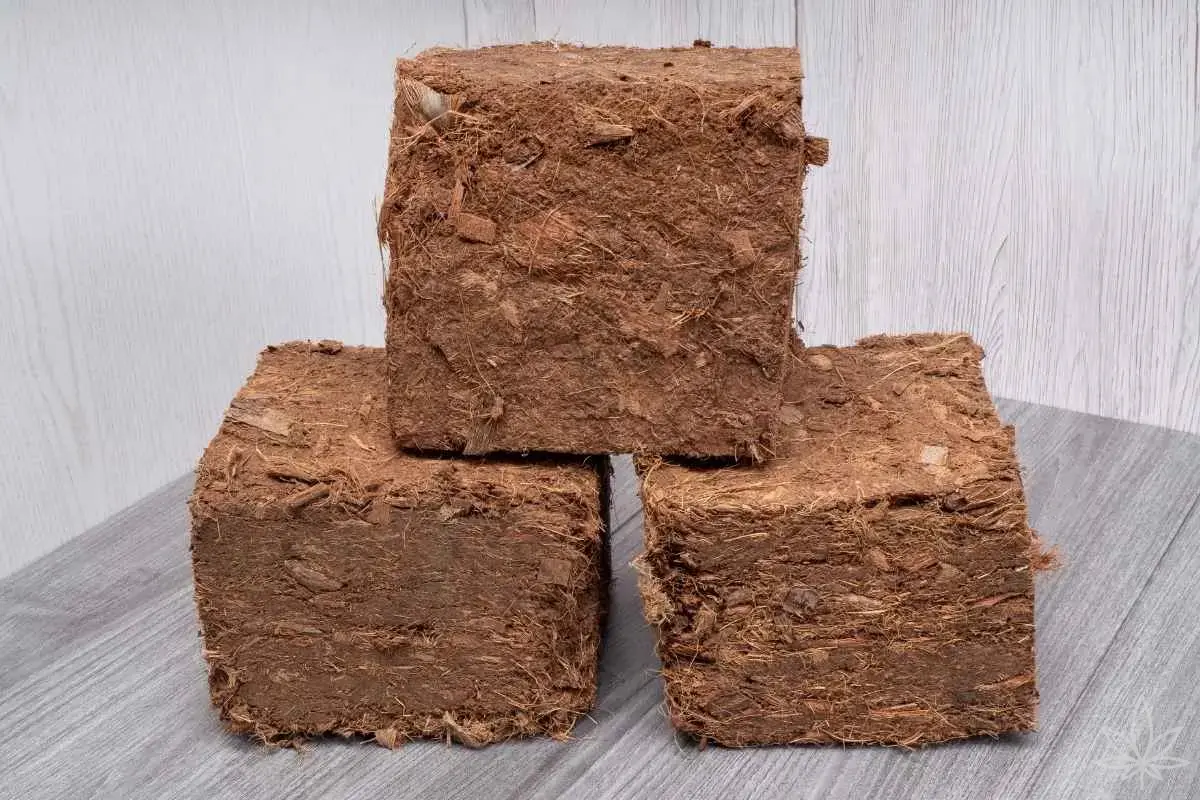For many growers, “soil” simply means the bagged mix they bring home from the store. But in reality, a substrate is more than its base — it is often the amendments you add that shape how roots breathe, how water moves, and how nutrients are stored. These small white granules, porous rocks or golden flakes often decide whether your plant thrives or struggles.
Four materials appear again and again in cultivation practice: perlite, clay pebbles, pumice and vermiculite. Each has a different origin, structure and impact on your growing medium. Understanding how they work allows you to design mixes with intent rather than trial and error.
Perlite — lightness and air
Perlite is a volcanic mineral that expands into white, lightweight granules when heated. Its greatest strength is aeration: it increases porosity, helping roots breathe. It also reduces the weight of large pots, making them easier to move. The trade-off is that perlite holds very little water; if used excessively, it can make mixes dry out too quickly.
Clay Pebbles — drainage and stability
Clay pebbles (hydroton, LECA) are kiln-fired balls of clay, known mostly from hydroponic systems. But they also play a role in soil growing: used at the bottom of pots, they improve drainage and prevent stagnation. Mixed into soil, they increase porosity but less dramatically than perlite. Their main drawback is weight — clay pebbles are heavy, which can be an issue in large containers.
Pumice — the natural balance
Pumice is a volcanic rock full of pores and microcavities. Functionally, it sits between perlite and vermiculite: it improves aeration while still holding some moisture in its micro-pores. It is stable, long-lasting, and does not break down over time. The downside is availability: depending on where you live, it can be harder to source and more expensive than perlite.
Vermiculite — the water reservoir
Vermiculite is a clay mineral that expands into light, golden flakes when heated. Its standout trait is water retention: it absorbs and holds large amounts of moisture, slowly releasing it back to the roots. It also has a modest cation exchange capacity (CEC), meaning it can store some nutrients. However, in humid climates or with heavy watering habits, vermiculite can backfire, leading to soggy conditions and root rot.
Comparison Table of Amendments
| Feature / Amendment | Perlite | Clay Pebbles | Pumice | Vermiculite |
|---|---|---|---|---|
| Origin | Volcanic mineral, expanded | Fired clay | Volcanic rock | Clay mineral, expanded |
| Aeration | Very high | Medium | High, stable | Low |
| Water Retention | Low | Low/medium | Medium | Very high |
| CEC (Nutrient Buffer) | Very low | Low | Low/medium | Medium |
| Weight | Very light | Heavy | Moderate | Light |
| Durability | High | Very high | Very high | Medium |
| Best Use | Increase porosity, lighten mix | Drainage, hydro, base layer | Balanced air-water retention | Water reservoir, dry climates |
| Risks | Mix dries too fast | Heavy pots | Availability, cost | Waterlogging, lack of oxygen |
Facts and Myths
- Myth: “More perlite is always better.” Too much = chronic dryness.
- Myth: “Clay pebbles are only for hydro.” In fact, they are excellent for drainage in soil pots.
- Fact: Pumice is more durable than perlite and doesn’t break down or dust.
- Fact: Vermiculite can be life-saving in arid climates, but dangerous in humid ones.
FAQ
Is perlite necessary in every mix?
Not always. If your base soil is already very light and airy, adding more may cause excessive drying.
Can pumice replace perlite?
Yes, pumice offers similar benefits but with added stability and water retention.
Is vermiculite good for seedlings?
Absolutely — its water-holding properties make it ideal for germination trays.
Can clay pebbles be reused?
Yes, if properly washed and sterilized, they can last for many cycles.
Conclusion
Each amendment acts like a tool: it enhances one property while diminishing another. Perlite brings air, vermiculite brings water, pumice brings balance, and clay pebbles bring drainage and structural stability. Instead of asking “which one is best?”, the better question is: “What do my plants need in my climate and style of growing?”
By combining amendments with intent, you can design a medium that doesn’t just “hold” the plant but actively supports its health and resilience.

